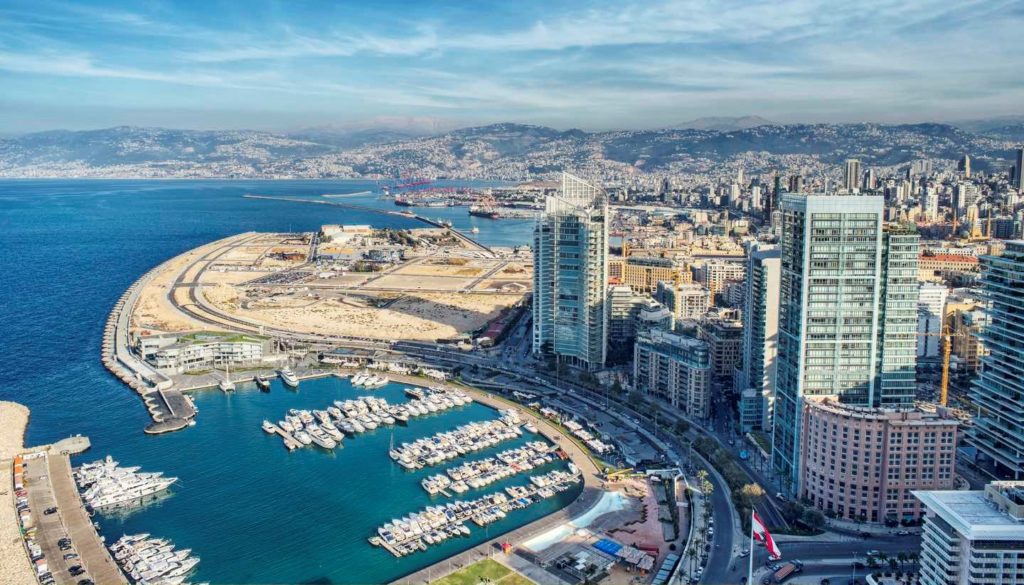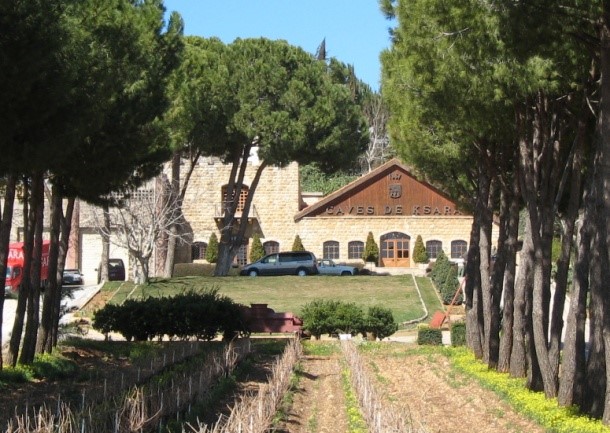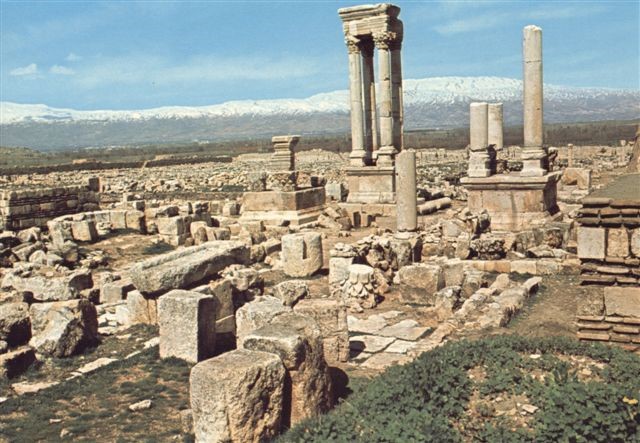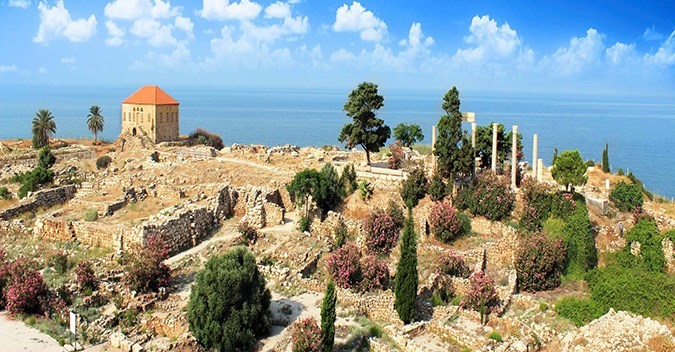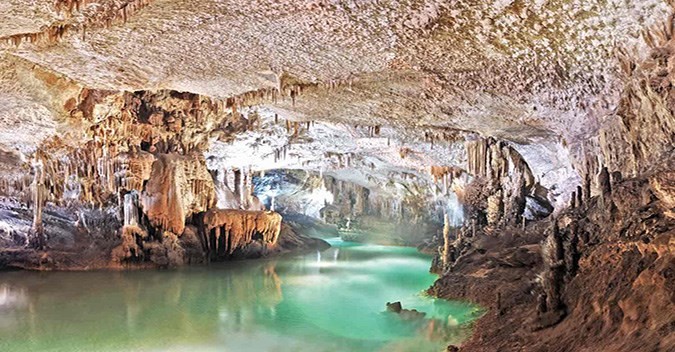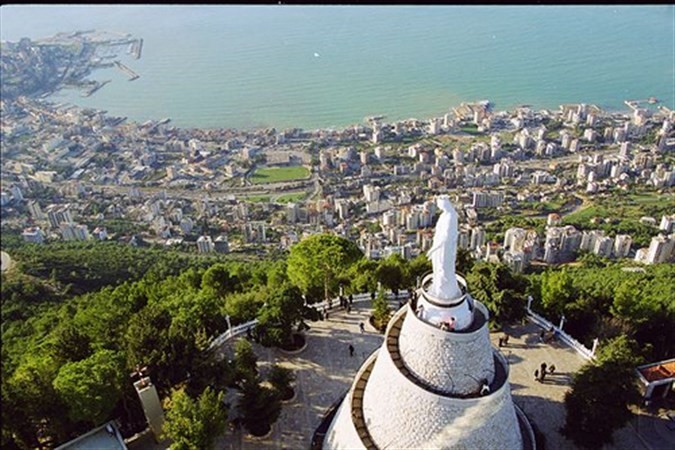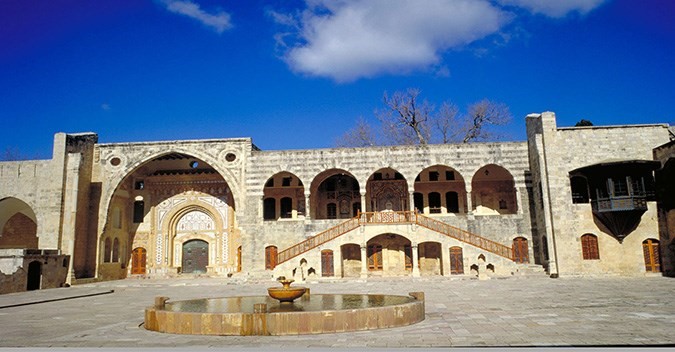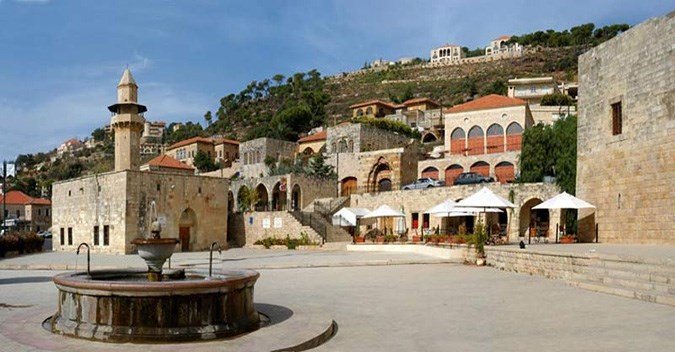PLACES TO VISIT
For more information on rates and reservation for the tours click here.
Option I: Beirut Historical Tour
BEIRUT
Beirut was built on a rocky promontory, a site occupied since prehistoric times. Later it became a Roman colony (15 B.C), and an important port and cultural center. During the Byzantine era it was hosted the famous School of Law, whose professors helped draft the Justinian code. Beirut was destroyed by a devastating earthquake in 551 A.D. A century later, it was conquered by the Arabs and was rebuilt in its current location. In 1516, a 400- year Ottoman rule began that would last till the end of World War I. In 1920, under the French mandate, the city became the capital of modern Lebanon.
The tour will take you through ruins of successive layers of civilizations ranging from Canaanites (3000 BC) to modern Lebanon. It should last 3 hours, and will include a visit to the National Museum and a coffee-break.
Option II: Baalbeck, Anjar & Ksara
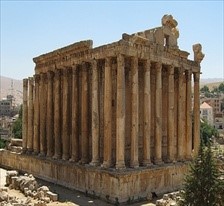
BAALBECK
In this full-day tour you can visit Baalbeck, the Roman Heliopolis, one of the most amazing archeological sites found in the east of Lebanon where the Beqaa Valley lies enclosed between two mountain ranges. The complex of roman temples of Baalbeck, 85 kilometers away from Beirut, occupies the top of an artificial hill built up of different layers of habitation. Temples dedicated to Jupiter, Bacchus and Venus, were constructed between the first and the third centuries A.D. In the “Jupiter temple” six of the 54 giant columns that originally surrounded the sanctuary survived till today. The temple has an impressive podium and a vast rectangular courtyard where sacrifices were carried out. The sanctuary is reached through a propylaea (monumental entrance) and hexagonal forecourt.
ANJAR
Anjar is also located in the Beqaa Valley, 58 km away from Beirut.
It was built by the Omayyad caliph al- Walid Ibn Abdel Malek
in the early 8th century A.D. Inside the city’s strong fortifications are the remains of streets, three palaces, souks, two hammams and a Mosque. Located on the old route linking the Beqaa with Damascus, Anjar was built in the neighborhood of an ancient stronghold called Gerrah. Today the name of Gerrah is retained in the word ‘Anjar’ which means ‘source of Gerrah’ (Ain Gerrah).
KSARA
The Roman Ksara caves were found by mistake in 1898 by the Jesuits who were looking for a wolf that was attacking their chicken. The caves are now home to the oldest brand of Lebanese wine, produced mostly from French grapes planted in the Bekaa Valley in the 19th Century. There will be a visit of the production line, the caves and tasting of the best wines during the visit.
Option III: Byblos, Jeita & Harissa
BYBLOS
One of the oldest cities in the world, Jbeil (Byblos) goes back at least 7,000 years, and has seen the rise and fall of nearly two dozen successive levels of civilizations. Under the domination of the Egyptian pharaohs in the 3rd and 2nd millennia B.C, Byblos was a commercial and religious capital of the Phoenician coast. It was in Byblos that the first linear alphabets, ancestor of all modern alphabet, (through Greek and Latin), was invented. This busy modern town located 36 kilometers north of Beirut, exhibits a well-preserved “Roman-Medieval port” as its main tourist hub. The landmarks in this area are: the Crusaders castle and church as well as the extensive remains of city’s past – from Neolithic times to the crusader era. A beautiful Mosque adds to the cultural mix in the old part of Byblos. The old town is home to a large diversity of cafes and restaurants.
JEITA
Nominated for the seven modern world wonders competition, Jeita cavern is located 20 km away north of Beirut. The lower caverns are visited by boat over a subterranean lake 623 meters long. A dry upper gallery can be seen on foot. After many years of exploration, Lebanese speleologists have penetrated 6,910 meters from the entry point of the grotto to the far end of the Underground River and 2,130 meters of the upper galleries. The river “Nahr El Kalb” emerges from this cavern and is the main source of drinking water for the metropolitan Beirut area.
HARISSA
This wonderful panoramic view is located 600 meters above the sea level and 26 km away from Beirut, overlooking the Bay of Jounieh. The hill top features the Statue of Virgin Mary which was erected in 1908. It’s based on a chapel with outside spiral staircase that leads to the top. A cable car service is provided from the Bay to Harissa.
Option IV: Beiteddine & Deir El Kamar
BEITEDDINE
Forty-three kms from Beirut stands this magnificent palace built in the 19th century by Emir Bechir II, who ruled Mount-Lebanon for more than 50 years (1789-1840). With its arcades, galleries and rooms decorated by artists from Lebanon, Damascus and Florence, this building is a model of Eastern architecture. Today the palace houses a museum of feudal weapons, costumes and jewelry as well as Byzantine mosaics. It is the summer palace for the President of the Republic.
DEIR EL KAMAR
This well-preserved mountain town was the capital of Mount Lebanon in the 18th-19th century. It is located 35 km south of Beirut, now a typical Lebanese village with its historical center, souk (market), museum, mosque & churches.

